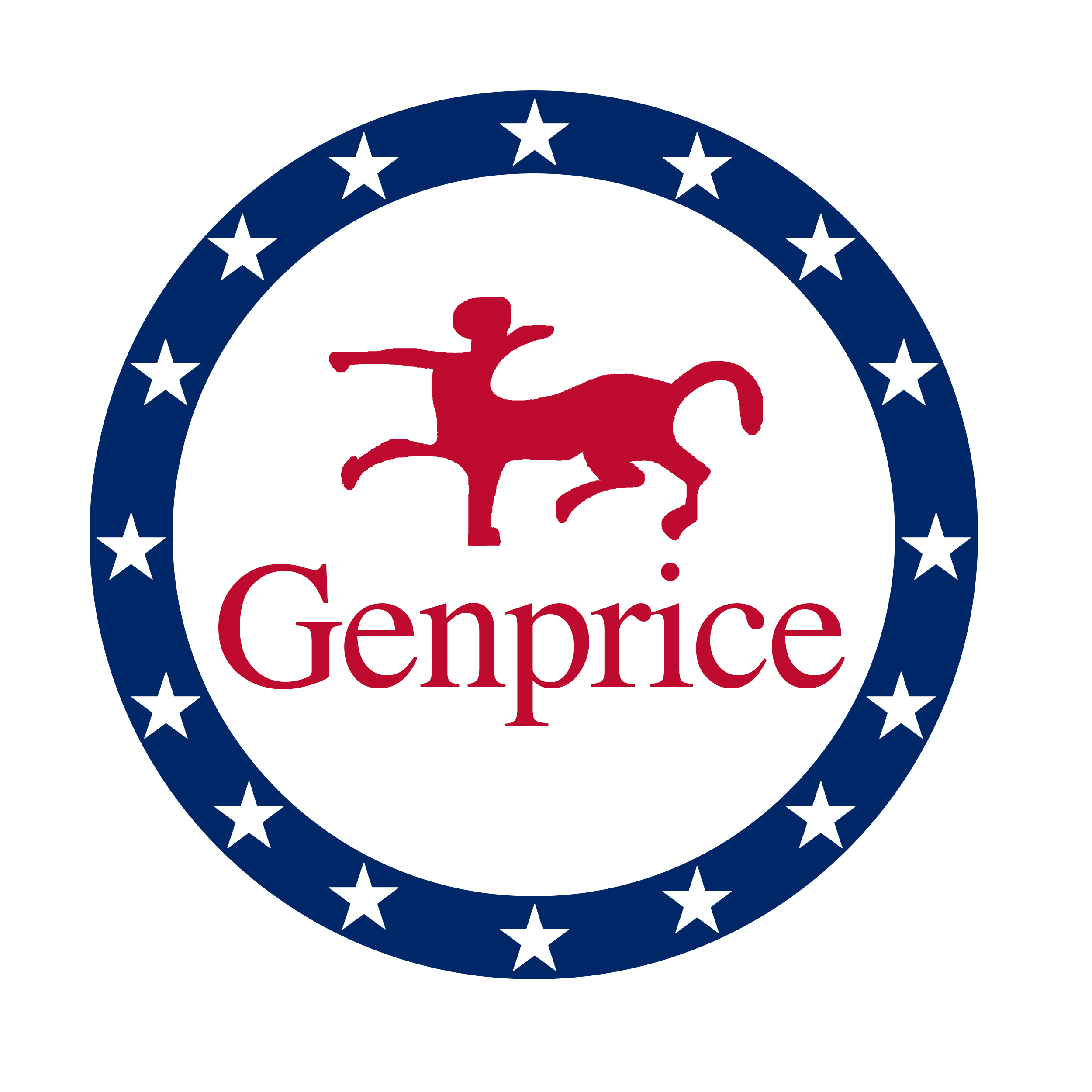+1 (408)780-0908

RelB rabbit pAb
Caution: Was originally (PubMed: 1577270) thought to inhibit the transcriptional activity of nuclear factor NF-kappa-B. Domain: Both N- and C-terminal domains are required for transcriptional activation. function: NF-kappa-B is a pleiotropic transcription factor which is present in almost all cell types and is involved in many biological processed such as inflammation, immunity, differentiation, cell growth, tumorigenesis and apoptosis. NF-kappa-B is a homo- or heterodimeric complex formed by the Rel-like domain-containing proteins RELA/p65, RELB, NFKB1/p105, NFKB1/p50, REL and NFKB2/p52. The dimers bind at kappa-B sites in the DNA of their target genes and the individual dimers have distinct preferences for different kappa-B sites that they can bind with distinguishable affinity and specificity. Different dimer combinations act as transcriptional activators or repressors, respectively. NF-kappa-B is controlled by various mechanisms of post-translational modification and subcellular compartmentalization as well as by interactions with other cofactors or corepressors. NF-kappa-B complexes are held in the cytoplasm in an inactive state complexed with members of the NF-kappa-B inhibitor (I-kappa-B) family. In a conventional activation pathway, I-kappa-B is phosphorylated by I-kappa-B kinases (IKKs) in response to different activators, subsequently degraded thus liberating the active NF-kappa-B complex which translocates to the nucleus. NF-kappa-B heterodimeric RelB-p50 and RelB-p52 complexes are transcriptional activators. RELB neither associates with DNA nor with RELA/p65 or REL. Stimulates promoter activity in the presence of NFKB2/p49. induction: By mitogens. PTM: Phosphorylation at 'Thr-103' and 'Ser-573' is followed by proteasomal degradation. similarity: Contains 1 RHD (Rel-like) domain. subunit: Component of the NF-kappa-B RelB-p50 complex. Component of the NF-kappa-B RelB-p52 complex. Self-associates; the interaction seems to be transient and may prevent degradation allowing for heterodimer formation with p50 or p52. Interacts with NFKB1/p50, NFKB2/p52 and NFKB2/p100. Interacts with NFKBID.
RELB; Transcription factor RelB; I-Rel
5971
Q01201
Nucleus. Cytoplasm, cytoskeleton, microtubule organizing center, centrosome. Colocalizes with NEK6 in the centrosome.
Rabbit
Human, Mouse
The antiserum was produced against synthesized peptide derived from human RelB. AA range:530-579
Polyclonal
WB, ELISA, IHC
1 year
1 mg/mL
WB 1:500-2000;IHC-p 1:50-300; ELISA 2000-20000
62kD
PBS with 0.02% sodium azide and 50% glycerol pH 7.4. Store at -20°C. Avoid repeated freeze-thaw cycles.
Loading PDF...
Similar Products
| Cat | Product Name | Size | Price |
|---|---|---|---|

